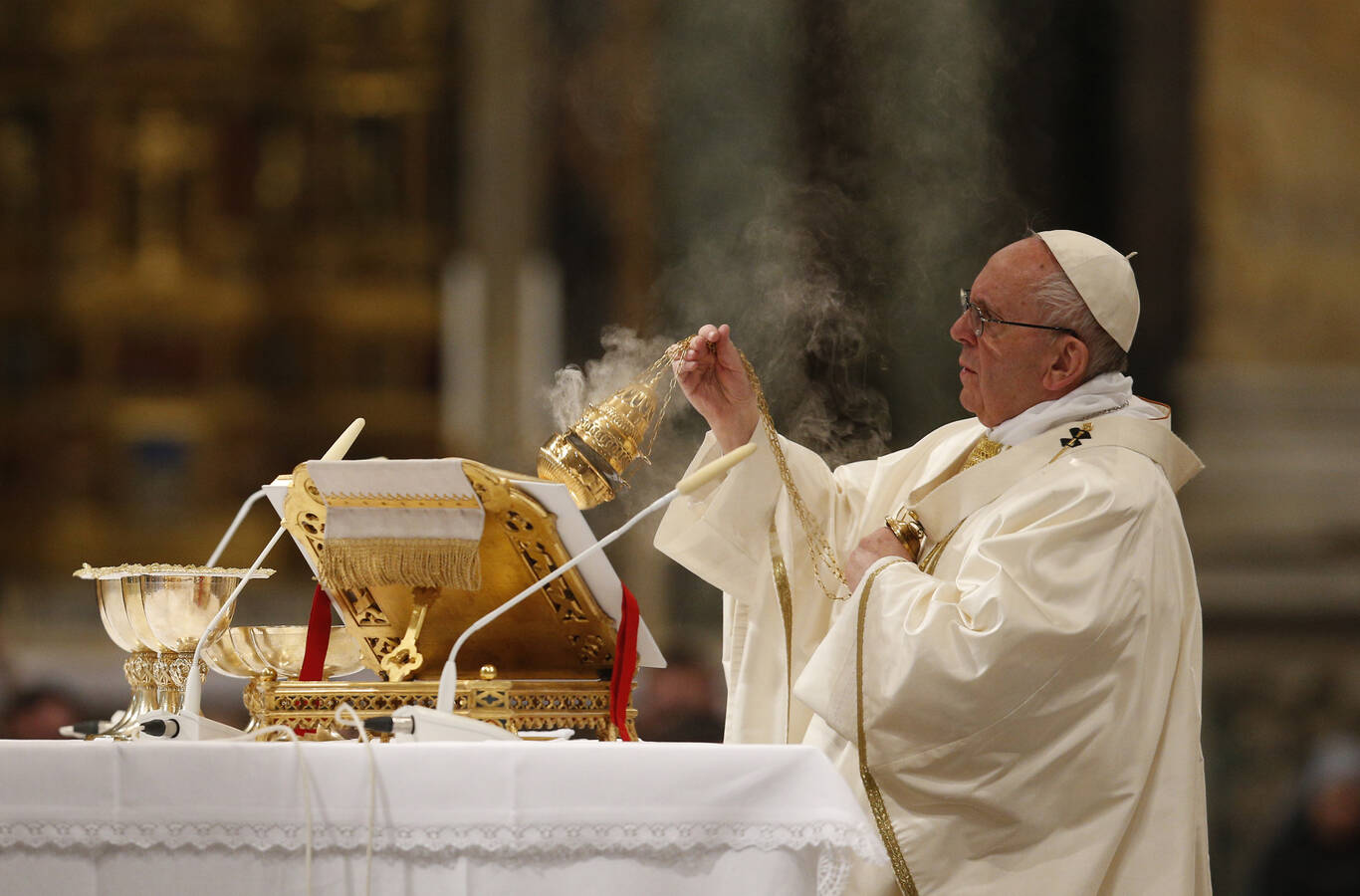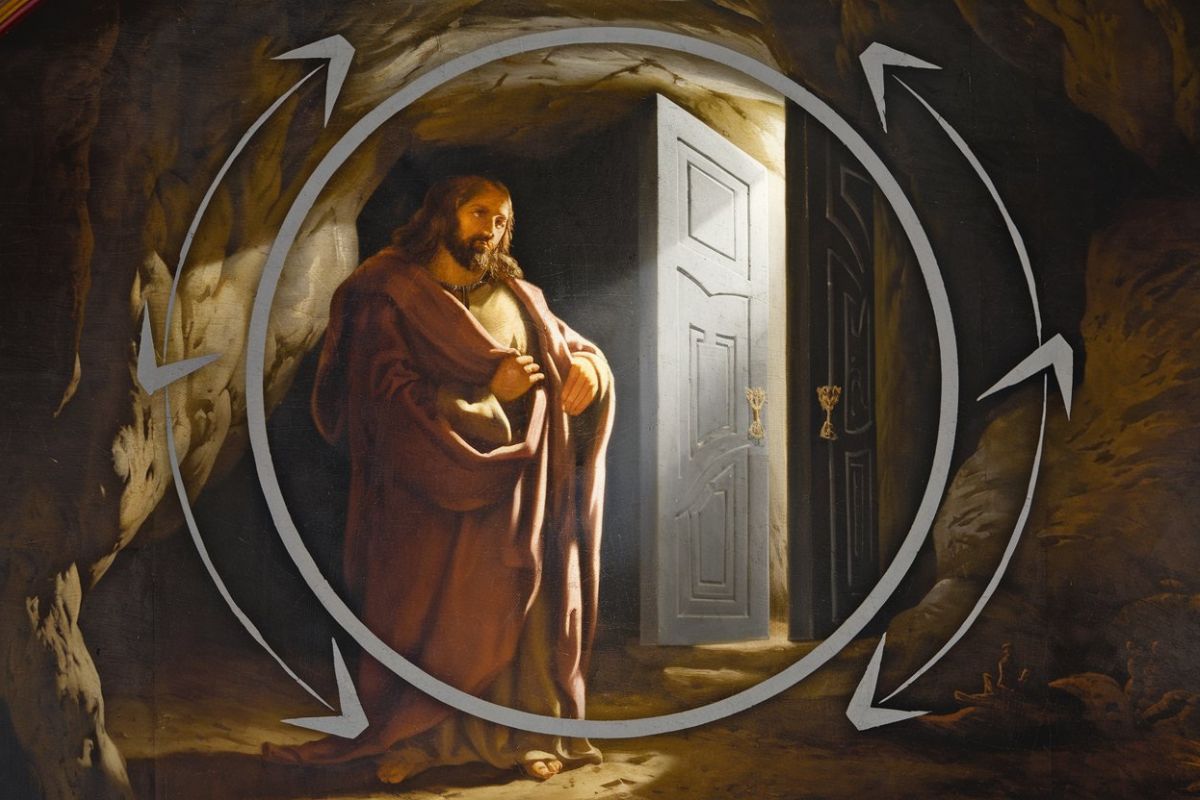
What is the Tridentine Mass? The Tridentine Mass, also known as the Traditional Latin Mass, is the form of the Roman Catholic Mass that was codified by Pope Pius V in 1570 following the Council of Trent. This Mass remained the standard for centuries until the liturgical reforms of the Second Vatican Council in the 1960s introduced the Mass of Paul VI, commonly known as the Novus Ordo. The Tridentine Mass is celebrated in Latin, with the priest facing the altar, and includes many rituals and prayers that have deep historical roots. It emphasizes solemnity, reverence, and a sense of the sacred, drawing many faithful who appreciate its rich tradition and spiritual depth.
What is the Tridentine Mass?
The Tridentine Mass, also known as the Traditional Latin Mass, is the form of the Roman Rite Mass that was codified by Pope Pius V in 1570. It remained the standard liturgy of the Catholic Church until the reforms of the Second Vatican Council in the 1960s.
- The Tridentine Mass is celebrated in Latin, the traditional liturgical language of the Roman Catholic Church.
- The priest faces the altar, not the congregation, symbolizing the collective direction of prayer towards God.
- Gregorian chant, an ancient form of plainchant, is often used in the Tridentine Mass.
- The Mass follows the Roman Missal of 1962, the last edition before the Second Vatican Council's reforms.
- The Tridentine Mass includes numerous prayers and rituals that are not found in the modern Mass.
Historical Background of the Tridentine Mass
Understanding the historical context of the Tridentine Mass helps appreciate its significance and why it has a dedicated following even today.
- The Council of Trent (1545-1563) initiated the standardization of the Mass to combat Protestant Reformation influences.
- Pope Pius V issued the Roman Missal in 1570 to ensure uniformity in the liturgy across the Catholic Church.
- The term "Tridentine" comes from "Tridentinus," the Latin word for Trent.
- Before the Tridentine Mass, local variations of the Mass existed, leading to inconsistencies in worship.
- The Tridentine Mass was the standard liturgy for nearly 400 years until the Second Vatican Council.
Structure and Components of the Tridentine Mass
The structure of the Tridentine Mass is intricate, with specific components that distinguish it from the modern Mass.
- The Mass is divided into two main parts: the Mass of the Catechumens and the Mass of the Faithful.
- The Mass of the Catechumens includes readings from Scripture, the homily, and prayers.
- The Mass of the Faithful includes the Offertory, Canon of the Mass, and Communion.
- The Canon of the Mass, also known as the Eucharistic Prayer, is said silently by the priest.
- The Last Gospel, a reading from the Gospel of John, is recited at the end of the Mass.
Rituals and Symbolism in the Tridentine Mass
The rituals and symbols in the Tridentine Mass are rich with meaning, reflecting centuries of tradition.
- Incense is used extensively, symbolizing the prayers of the faithful rising to heaven.
- The priest's vestments, including the chasuble and maniple, have specific liturgical colors and meanings.
- The altar is adorned with candles and a crucifix, emphasizing the sacrificial nature of the Mass.
- Bells are rung at key moments, such as the Consecration, to draw attention to the sacred actions.
- The use of Latin underscores the universality and timelessness of the Catholic faith.
The Tridentine Mass Today
Despite the reforms of the Second Vatican Council, the Tridentine Mass continues to be celebrated and cherished by many.
- Pope Benedict XVI issued the motu proprio "Summorum Pontificum" in 2007, allowing wider celebration of the Tridentine Mass.
- Traditionalist groups, such as the Society of St. Pius X, are dedicated to preserving the Tridentine Mass.
- Many young Catholics are drawn to the Tridentine Mass for its sense of reverence and continuity with the past.
- The Tridentine Mass is often celebrated in historic churches and chapels, adding to its aesthetic appeal.
- Some parishes offer both the Tridentine Mass and the modern Mass, catering to diverse preferences.
Controversies and Debates Surrounding the Tridentine Mass
The Tridentine Mass has been a subject of debate within the Catholic Church, reflecting broader discussions about tradition and modernity.
- Critics argue that the Tridentine Mass is less accessible due to its use of Latin and complex rituals.
- Supporters claim that the Tridentine Mass preserves the sacredness and mystery of the liturgy.
- The Second Vatican Council aimed to make the Mass more participatory, leading to the creation of the Novus Ordo Mass.
- Some bishops and priests resist the celebration of the Tridentine Mass, preferring the modern liturgy.
- The debate over the Tridentine Mass reflects broader tensions between tradition and innovation within the Church.
The Last Word on Tridentine Mass
Tridentine Mass, also known as the Traditional Latin Mass, holds a rich history and deep significance within the Catholic Church. Its roots trace back to the Council of Trent in the 16th century, shaping the way many Catholics worshipped for centuries. Despite changes brought by the Second Vatican Council, the Tridentine Mass remains a cherished tradition for many believers.
Understanding its unique elements, like the use of Latin, specific gestures, and the priest facing the altar, offers a glimpse into the past. This form of worship emphasizes reverence, continuity, and a sense of the sacred.
Whether you're a devout Catholic or just curious about religious traditions, learning about the Tridentine Mass provides valuable insight into the history and practices of the Catholic faith. It’s a testament to the enduring power of tradition in shaping spiritual experiences.
Was this page helpful?
Our commitment to delivering trustworthy and engaging content is at the heart of what we do. Each fact on our site is contributed by real users like you, bringing a wealth of diverse insights and information. To ensure the highest standards of accuracy and reliability, our dedicated editors meticulously review each submission. This process guarantees that the facts we share are not only fascinating but also credible. Trust in our commitment to quality and authenticity as you explore and learn with us.


